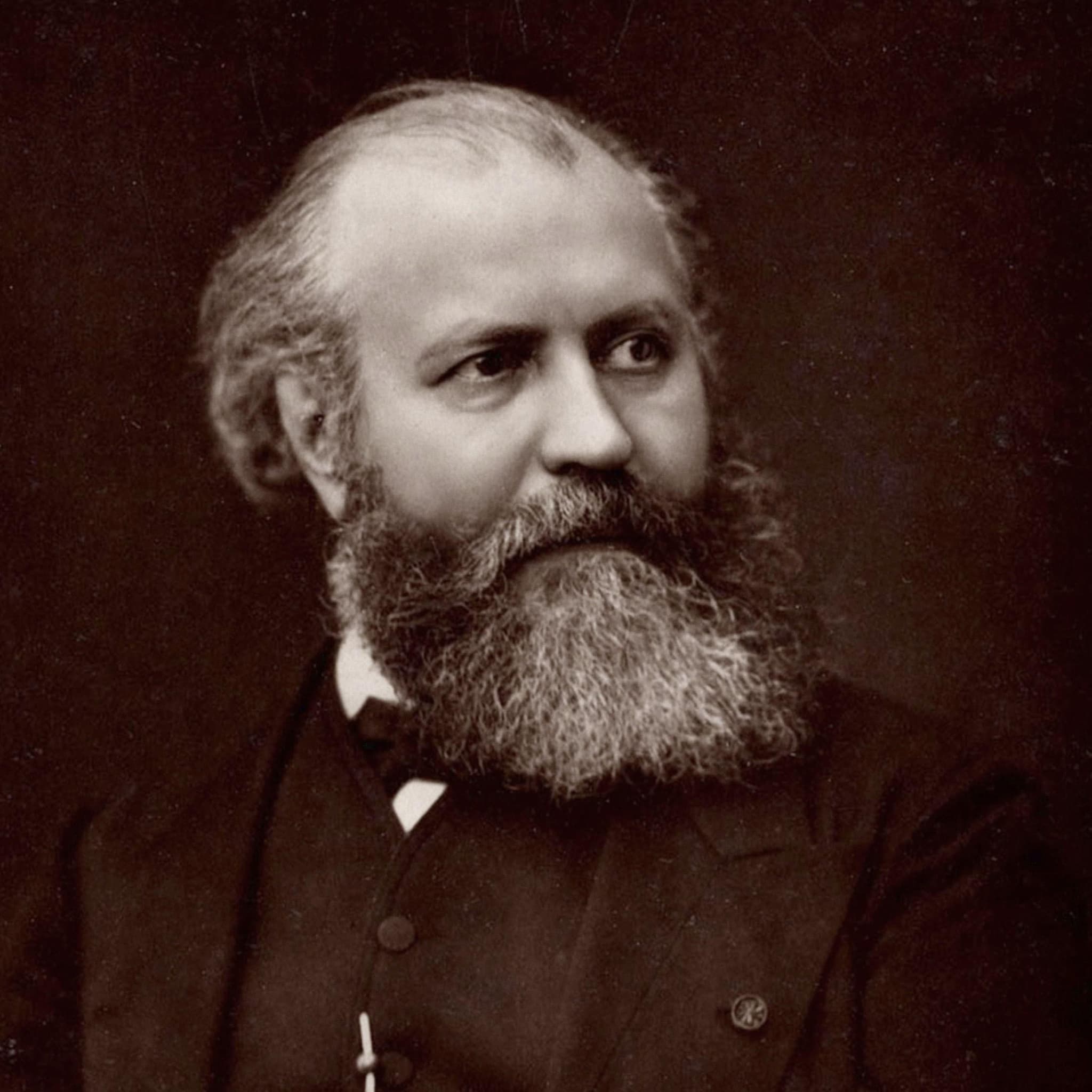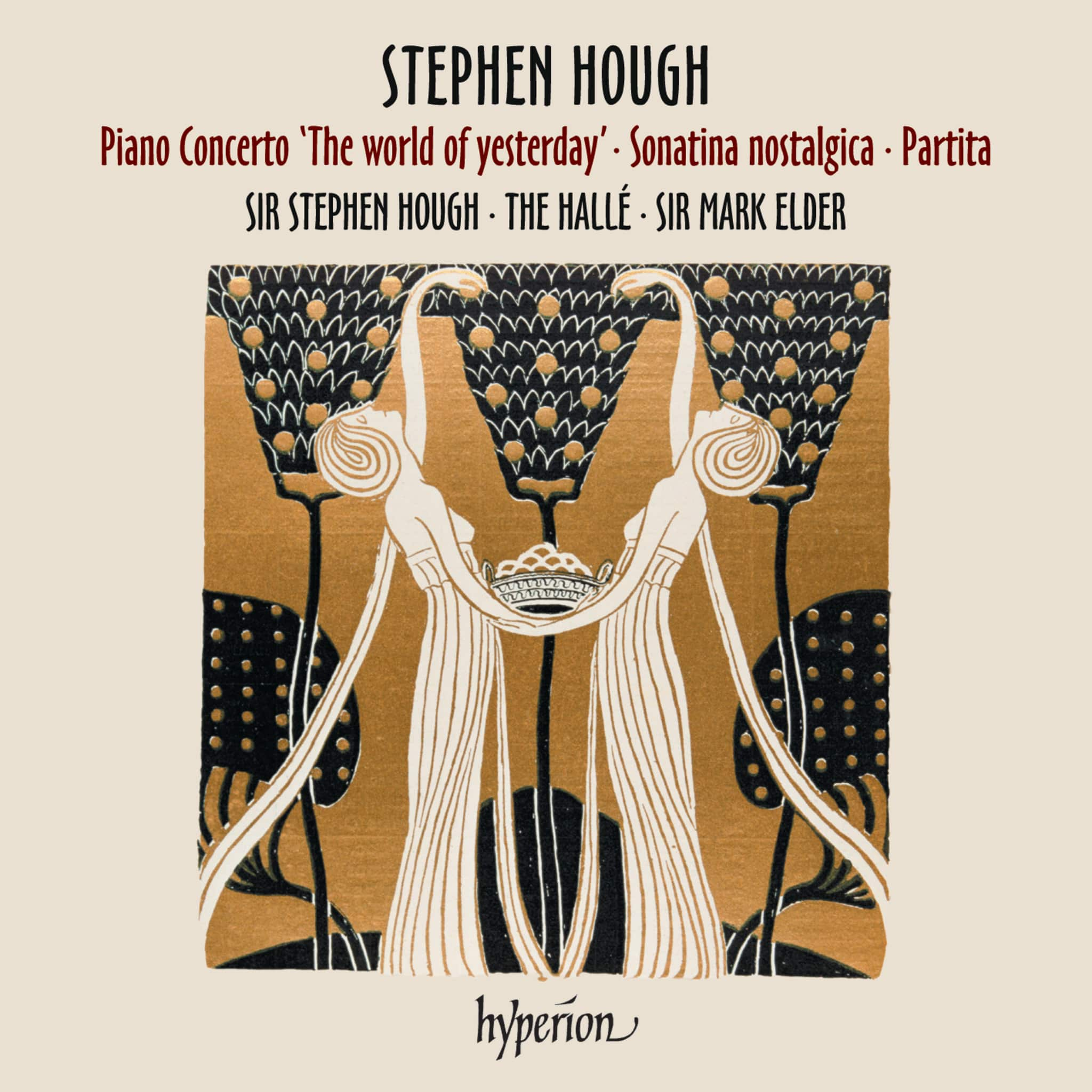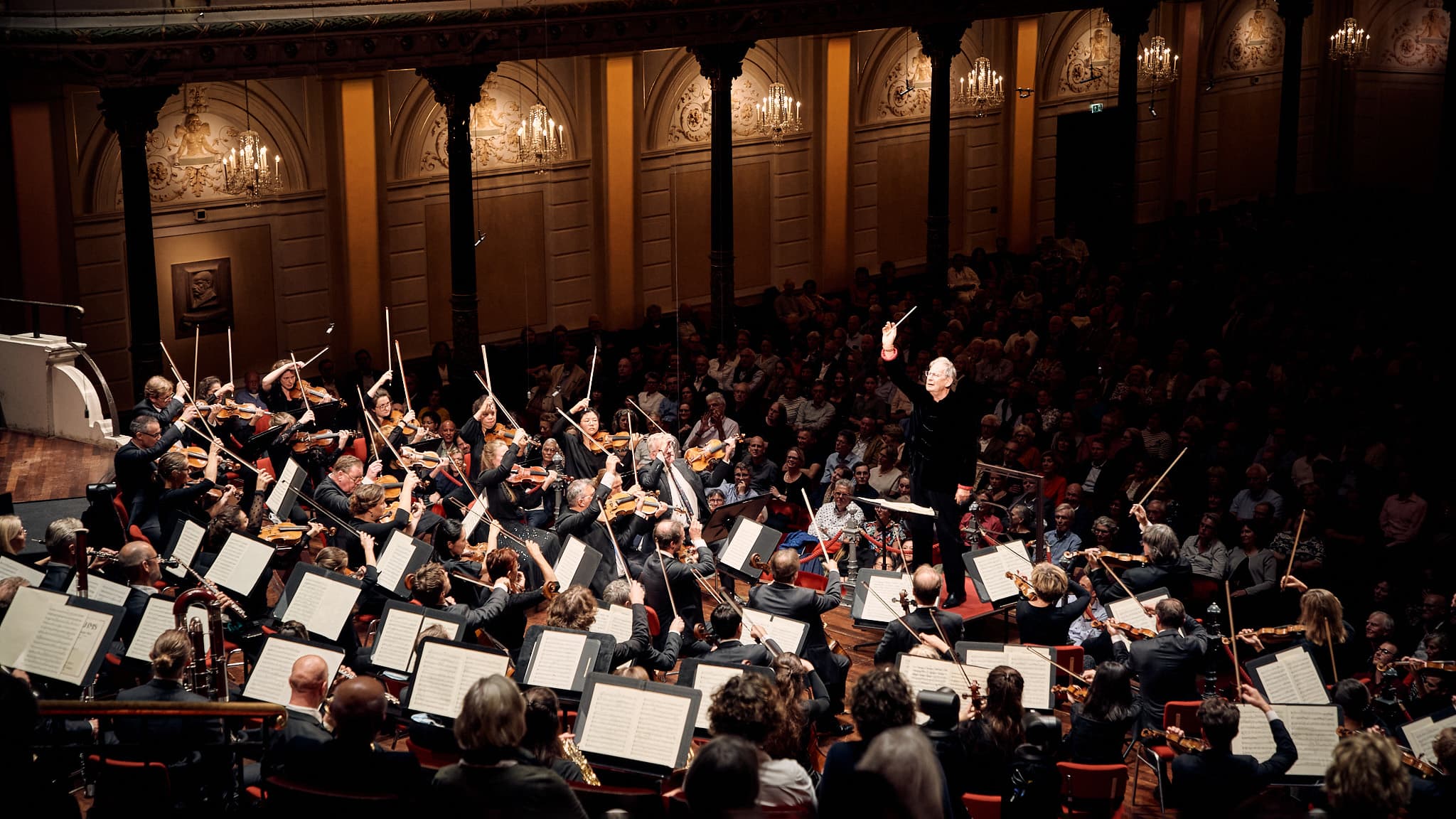Album insights
Pierre de Manchicourt (ca. 1510–1564) is a Renaissance composer whose music remained largely undiscovered among the great names. Unlike some of his peers criticized for dense textures, making their music challenging, Manchicourt's work, as showcased in this CD, is more accessible yet innovative in harmonic and melodic invention. The program explores his religious music through a parody mass, motets for various vocal combinations, and his singular setting of the Magnificat. A prominent French chanson composer, Manchicourt left behind over fifty works of this genre.
Believed to have been a choirboy in Arras Cathedral around 1525, Manchicourt's birth year is generally accepted around 1510, though uncertainties exist. Born in Béthune, Northern France, as revealed in his 1545 motet collection, he worked mainly near his birthplace and held positions in Tours, Tournai, and Arras. Finally in 1560, he joined the chapel of Philip II of Spain, passing away in Madrid on October 5, 1564. Esteemed writers like Rabelais (1552) and chronicler Lodovico Guicciardini (1567) hailed him as a great composer.
Manchicourt's six-voice rendition of Regina caeli begins with a clever canon in the upper voices. His Missa Cuidez vous que Dieu nous faille, based on a chanson by Jean Richafort, features an intricate interplay of voices. Strikingly, Manchicourt retains the poignant melodies of the chanson, interweaving them into the Mass setting, creating a profound effect.
The Mass's sections, like the Gloria and Credo, display evolving structures and lush harmonies. Notably, the Credo weaves repetitive phrases into a melodic mosaic, invoking a sense of litany. The composition reaches a pinnacle in the poignant climax of "Et exspecto resurrectionem mortuorum," highlighting Manchicourt's mastery in building emotional arcs within his music.
In his motets like Peccantem me quotidie and Osculetur me, Manchicourt blends homophony with imitative writing, showcasing his expressive range. The use of Hohen Lied elements reimagines religious devotion through sensual imagery, adding layers of complexity to his compositions.
Ne reminiscaris, Domine, another repentant motet, showcases Manchicourt's expertise in combining chordal sections with affecting homophonic passages. The setting of Magnificat exemplifies his early style, incorporating sparse four-part textures, in harmonious interplay with the choral melody.
Manchicourt's diverse repertoire reflects his innovative spirit and mastery of polyphonic writing, establishing him as a significant figure in Renaissance music.











